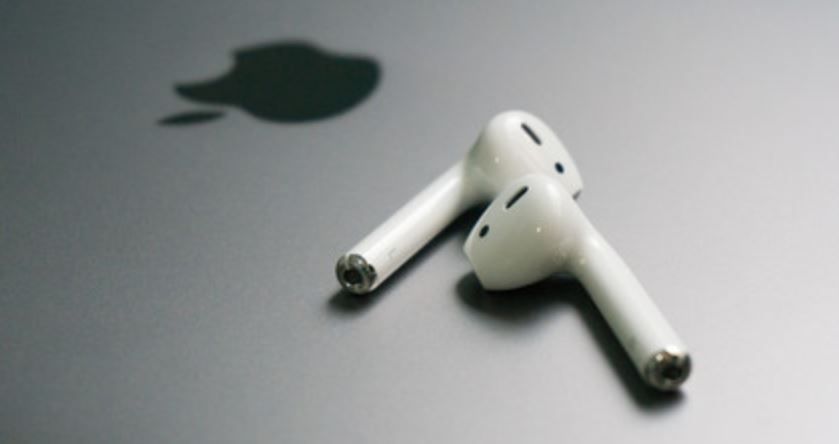Introduction:
Pontoon boats have gained widespread popularity for their versatility, stability, and spaciousness. Understanding the construction aspects of pontoon boats is essential to appreciate their design, performance, and durability. In this article, we will explore the materials used, the design considerations, and the impact of construction on the overall performance of pontoon boats.
- Pontoon Boat Construction Materials:
The construction of pontoon boats primarily involves two main components: the deck and the pontoons.
- a) Deck: Pontoon boat decks are typically constructed using marine-grade plywood, aluminum, or composite materials. Marine-grade plywood is a popular choice due to its durability and resistance to moisture and rot. Aluminum decks offer lightweight construction and excellent durability, making them ideal for performance-oriented pontoon boats. Composite materials, such as fiberglass-reinforced plastic (FRP), provide a combination of strength, durability, and low maintenance.
- b) Pontoons: Pontoons are the flotation devices that support the deck of a pontoon boat. They are usually cylindrical in shape and can be made from various materials. Aluminum pontoons are the most common, offering a good balance of strength, weight, and resistance to corrosion. Some manufacturers use steel or fiberglass pontoons, which provide different advantages in terms of strength or aesthetics. Each material has its unique properties and considerations for construction and maintenance.
- Pontoon Boat Design Considerations:
The design of a pontoon boat plays a crucial role in its performance and functionality. Here are a few key design considerations:
- a) Tube Diameter and Shape: The diameter of the pontoons affects the stability and buoyancy of the boat. Larger diameter tubes provide increased stability but may impact speed and maneuverability. Manufacturers often offer different tube shapes, such as round or U-shaped, which can influence the boat’s handling characteristics.
- b) Deck Layout: The deck layout determines the seating capacity, storage options, and overall usability of the boat. Different designs cater to various activities, such as fishing, entertaining, or water sports. Considerations like seating arrangements, storage compartments, and amenities should align with your specific boating needs.
- c) Hull Design: The hull design of a pontoon boat affects its performance on the water. Some pontoons have multiple lifting strakes or hydrodynamic features on the hull to improve speed, maneuverability, and fuel efficiency. Deeper V-shaped hulls are often used in performance-oriented pontoons to enhance handling and reduce water resistance.
- Impact on Performance:
The construction of a pontoon boat has a direct impact on its performance characteristics. Here are some performance factors influenced by construction:
- a) Stability: The size and shape of the pontoons, along with the distribution of weight, determine the stability of the boat. Wide and large-diameter pontoons offer increased stability, reducing rocking motion and providing a more comfortable ride.
- b) Buoyancy: The buoyancy of the pontoons affects the boat’s carrying capacity and ability to stay afloat. The design and materials of the pontoons should ensure sufficient buoyancy to support the weight of the boat, passengers, and additional cargo.
- c) Speed and Maneuverability: The construction materials and design features, such as lifting strakes or hydrodynamic hulls, impact the boat’s speed and maneuverability. Lighter materials and optimized hull designs contribute to improved performance and handling.
- d) Durability and Maintenance: The choice of construction materials influences the boat’s durability and maintenance requirements. Aluminum pontoons are known for their corrosion resistance and longevity, while composite materials offer low-maintenance alternatives.
